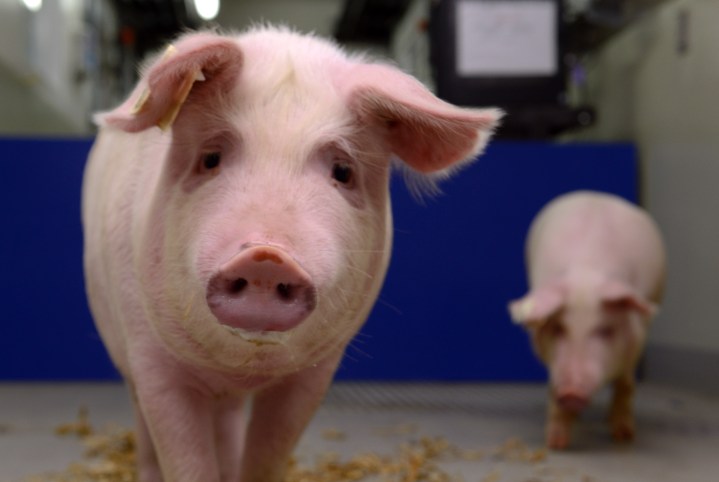
Transplant surgery has advanced significantly over the past few decades. One problem that’s hard to solve, however, is how to eliminate the organ transplant waiting list, which results in the death of thousands of people every year who die before receiving the organ replacement that they desperately need.
One potential solution to this problem involves transplanting organs from animals whose organs are similar in size, structure, and function to those found in humans. In theory, this would mean a limitless supply of transplant organs.
That might still be a way off, but a recent study carried out by researchers in Germany suggests that it’s possible. In an experiment, researchers from the Walter Brendel Center of Experimental Medicine at Munich’s Ludwig-Maximilians University successfully transplanted modified pig hearts into baboons.
The LMU researchers started by modifying pig hearts to produce human proteins and block certain functions, such as the manufacturing of alpha-gal sugars, which coat the cells of non-primate animals. This was done to avoid the organs from being rejected. The study was divided into three stages. In the final part of the trial — after the scientists had made key discoveries regarding the optimal process — four of the five baboons involved in that stage remained healthy through the three-month duration of the experiment. The longest surviving baboon was healthy until it was euthanized at 195 days (over six months).
While it is highly probable that more work will need to be done before a human trial could be even considered, study co-author Dr. Bruno Reichart told Digital Trends that there is no reason why these findings could not one day be extrapolated to human patients.
“We could go immediately to the clinic,” Reichart said. “The results were very good. But there would be ethical issues.” One future step, he said, will involve ensuring that the organs are as clean as possible from a microbiological perspective, thereby reducing the risk of infection. “We think we need to carry out more genetic modifications to make it even safer for humans,” he continued. “It must be both safe and long-lasting. Last but not least, we would like to make a few changes with the immunosuppressant treatment.”
Other promising research in this area has focused on a process called perfusion decellularization and recellularization. This may enable scientists to take an animal organ and strip out any cells that could cause it to be rejected. It could then be pumped full of the patient’s cells to make it ready for transplant.
A paper describing the Walter Brendel Centre of Experimental Medicine research was recently published in the journal Nature.
Editors' Recommendations
- This artificial heart could help keep people on transplant waiting lists alive
- Biotech company 3D-prints a miniature human heart from stem cells


